Sochan pound for pound, is one of the best wild greens I've eaten. It's also one of the cornerstones of traditional Cherokee cuisine. In this post I'll show you how to identify, cook and enjoy this delicious, edible wild plant that every forager should know.

Synonyms
Green-headed Coneflower, Cutleaf Coneflower, Sochani, Wild Goldenglow, Sochan, Greenhead Coneflower.
You might be thinking, Alan, I'm a forager, and if it's as great as you say, what is sochan and why haven't I heard of it before?

There's a couple reasons for that, although, like a lot of things, it's a multifaceted issue. Sochan (Rudbeckia laciniata / cut-leaf coneflower) is well documented to be one of the hallmarks of wild plants the Cherokee use as food.
But, that documentation, from what I can find is mostly online, with only a few little known books discussing its uses. This can make it hard to track down information, since like with many plants Native Americans used, the knowledge was passed down orally, through the generations, not written down.
Believe it or not, the best reference I've found on it isn't from a Native American, but from my friend Sam Thayer in his new book Incredible Wild Edibles.
Sam is passionate about Sochan, and he passed that passion onto me. Thanks Sam. It goes without saying, if you want a super in-depth discussion of this plant, buy his book, if you don't have it already.
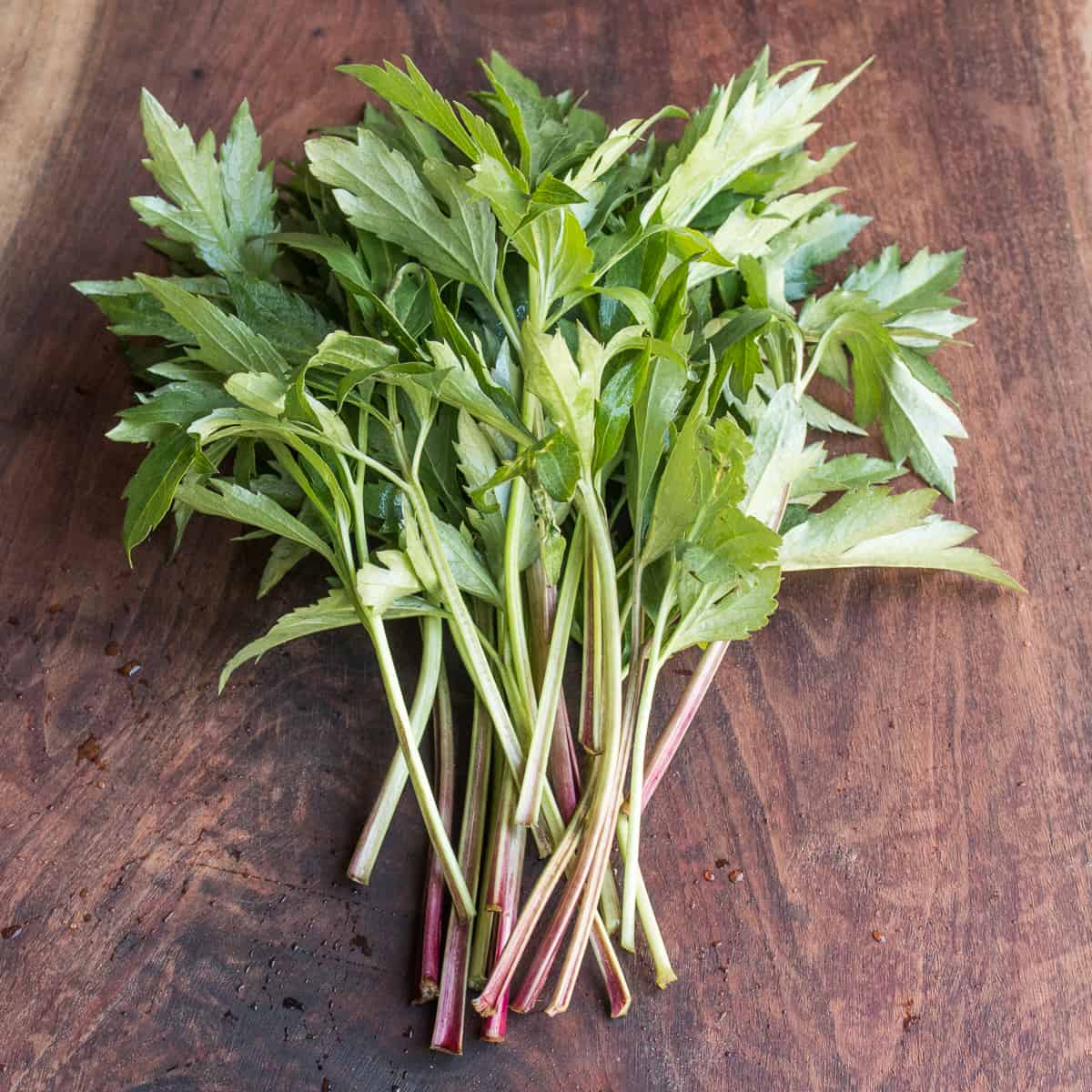
Previously, documentation was in some printed books, but as there was no English translation for it, (The Cherokee name was So-Cha-Ni) it wound up being lumped into the simple category of vegetables for an audience of mostly plant-illiterate white folks like me, and what a shame that was.
The beauty of sochan is that it's another green you can add to your diet that you can eat, easily, in large quantities. Unlike the classic dandelion that has turned people off of foraged food for plenty of years, sochan, especially combined with other mild greens like nettles, lamb's quarters, amaranth and violets makes a dinner fit for a king.
The beauty to me, aside from the history, is the balance of flavor, mild enough where skeptics and children will clean their plates, but flavorful enough to wow any chef I know with it's individuality, and bright flavor.
Where does it grow?

Sochan has an impressive range, stretching from Appalachia to Maine up into the Upper-Midwest, and going as far west as Montana and creeping into Northern Arizona. Unfortunately, all my friends in the Pacific Northwest and Texas will be out of luck, from what I can tell. Sam has a great map of the habitat in the book I described earlier.
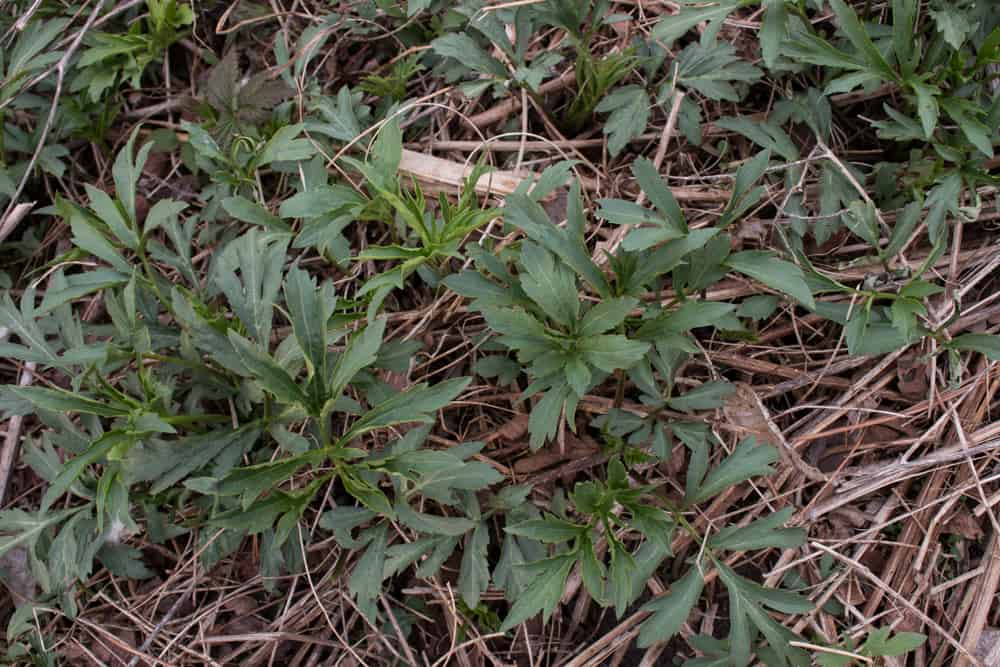
As far as terrain in your location. I've found most of my sochan likes areas with rich soil. At the farm in Wisconsin where I forage, it loves the old country road and it's dark, wet soil that's surrounded by ponds on either side.
I've also found it in other areas on the shores of rivers, especially the Chippewa near Menomonie. The valleys in Wisconsin have been great for me too, forest edges and forests along rivers have given great crops. Basically, to start I'd look for dark soil near some sort of water, as that's been the best for me.
Don't want to hunt? Grow sochan in your yard.
I've also seen it show up randomly in gardens, as in the picture of my girlfriend's mothers porch below where it volunteered last year. That being said, it might make a great addition to your garden, and it will definitely be in mine.

Look for flowering plants in the summer to plan for next year's harvest
When all the plants are young, and without the flowers, it can be tricky to pick apart what plant is what. I find that it really helpful for me to keep tabs on patches where I suspect things are growing, checking in on them here and there to see when their flowers show.
Once you see what the tell-tale, cone-shaped flowers look like, notice the height (it can grow to 10ft tall) and see the large space between flowers on the flower stalk, sochan sticks out like a sore thumb. I found a good number of patches looking for flowering plants in the late summer, returning back in the spring when the plant is young and tender.
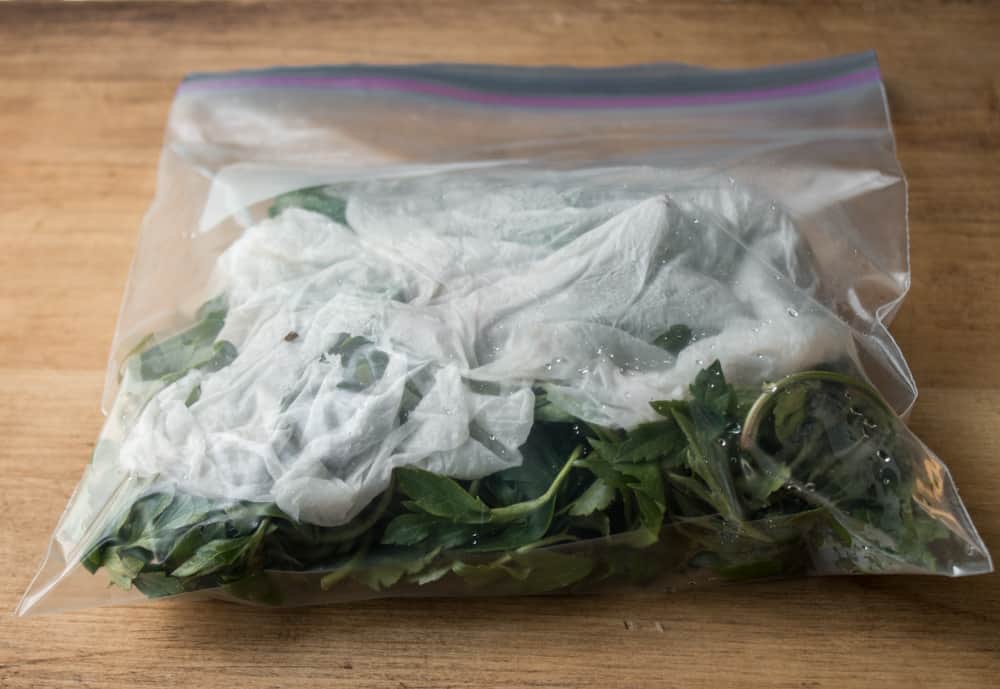
Multiple harvests
Like with everything else, moderation is good. I found I got more leaves by allowing some on the plants to grow, and not taking all of the leaves from a single plant every time I harvested. Cutting the flowering stalks off and keeping an eye on them can net you late summer/early fall harvests of tender greens and shoots too.
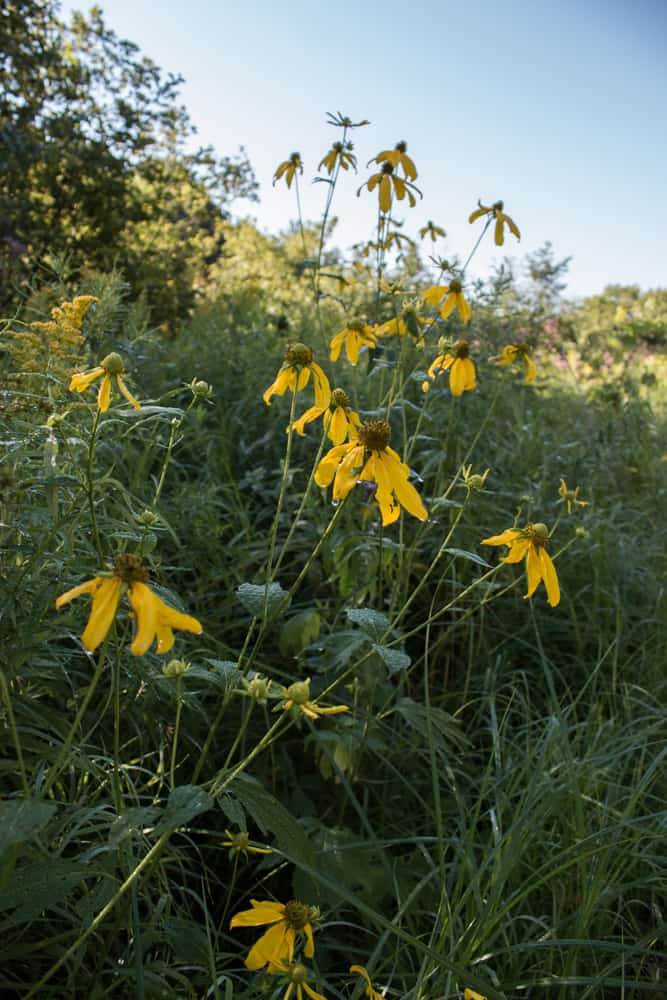
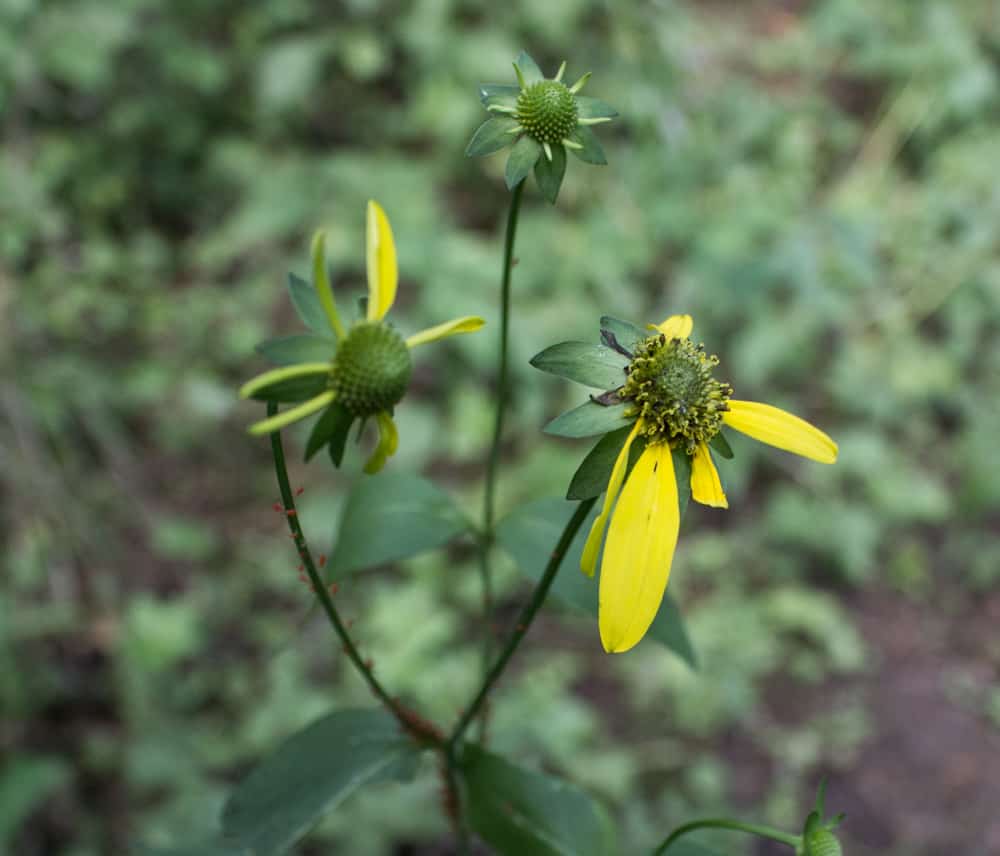
Harvesting fall leaves
The leaves in the fall are a little different than those in the spring. Sam says that the fall leaves are his favorite to eat, and I really liked them as well. So, if you find some, make sure to go back in the fall, the leaves are wider, and handsome looking, see below.
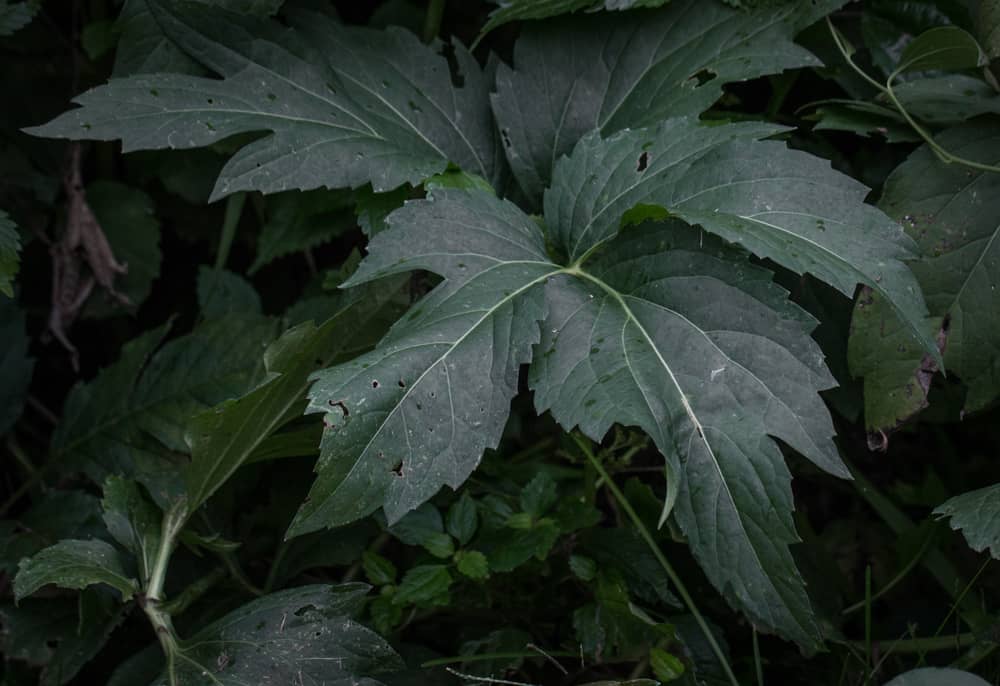
How does it taste?
I struggled to contrast the flavor with other things until I spoke with my friend, Foraging personality and recent transplant from Britain Mathew Normansell.
Mathew reminded me that, botanically, sochan is in the daisy family or Asteracae, meaning it's in the same group as sunflowers and many, many other wild flowers, who will all have similar looking flowers that loosely resemble sunflowers.
Dandelions are also asters. Look at some pictures of their flowers and you'll see what I mean. The flavor of sochan could, at first be likened as "celery-esque" but that celery-like flavor is more specifically, to me, the flavor shared by many different Asters. It's a slightly herbal flavor, but not overpowering, err, not overpowering to start.
The older the sochan, the stronger the flavor
As the plant grows and matures, the flavor grows in strength, and the stems become too tough. Eventually the leaves will be tougher too, but a long cooking can still break them down enough to make a meal.
I've served it at restaurants in it's older form, as long as it's cut into bit sized pieces, and cooked thoroughly, preferably in something tasty like duck fat or bacon drippings.

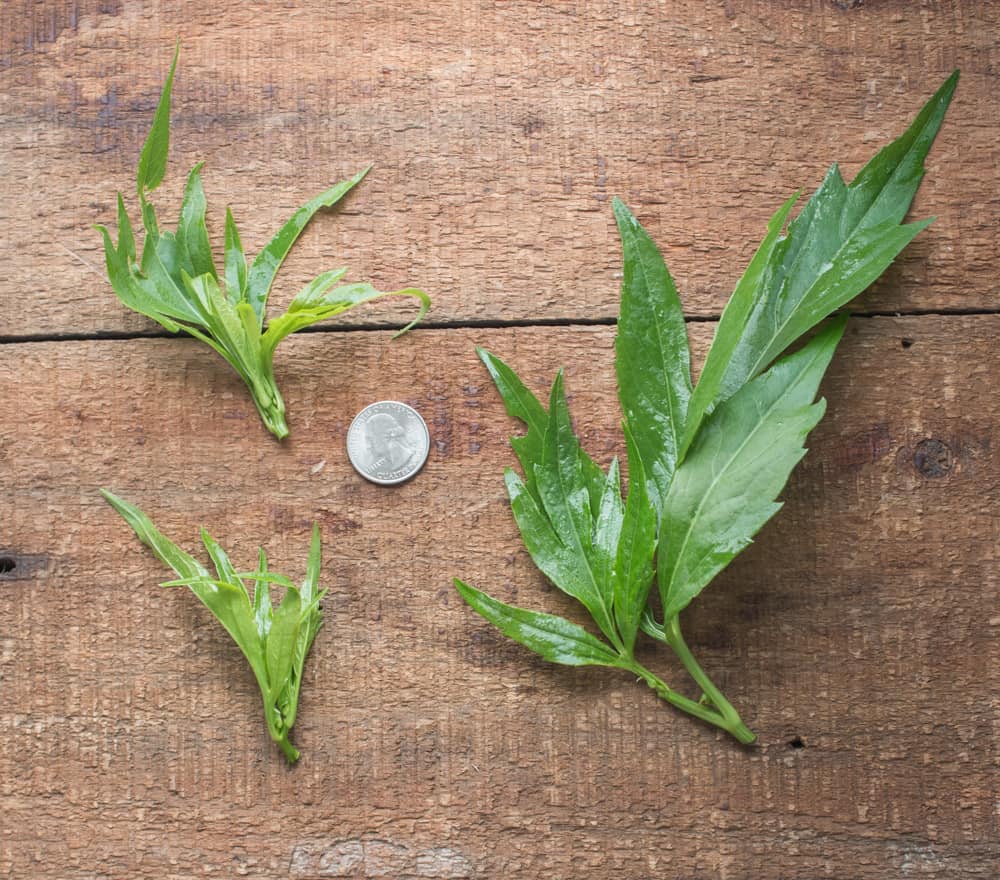
Cooking
This is the beauty of working with plants throughout the year. How Sochan and other edible coneflower leaves will look on your plate changes throughout the growing season. In my mind, the styles of working with the plant can be separated into 3 parts:
1. Shoot
These are the first, young shoots of Spring. At this point in the plants life cycle, the entire thing can be thrown in the pan and cooked quickly like a small leafy green.
2. Leaf and shoot
The early Summer/late Spring. The stems are longer now, but still edible, slice the stems up into bite sized pieces and sweat, then add the greens and wilt together. Alternately, blanch the leaves and stems whole, then chop, and cook in a pan.
3. Leaf only
The final eating stage of the year. At this point the stems are too tough to be enjoyable, and the leaves should be cut into bite-sized pieces to avoid any textural issues.
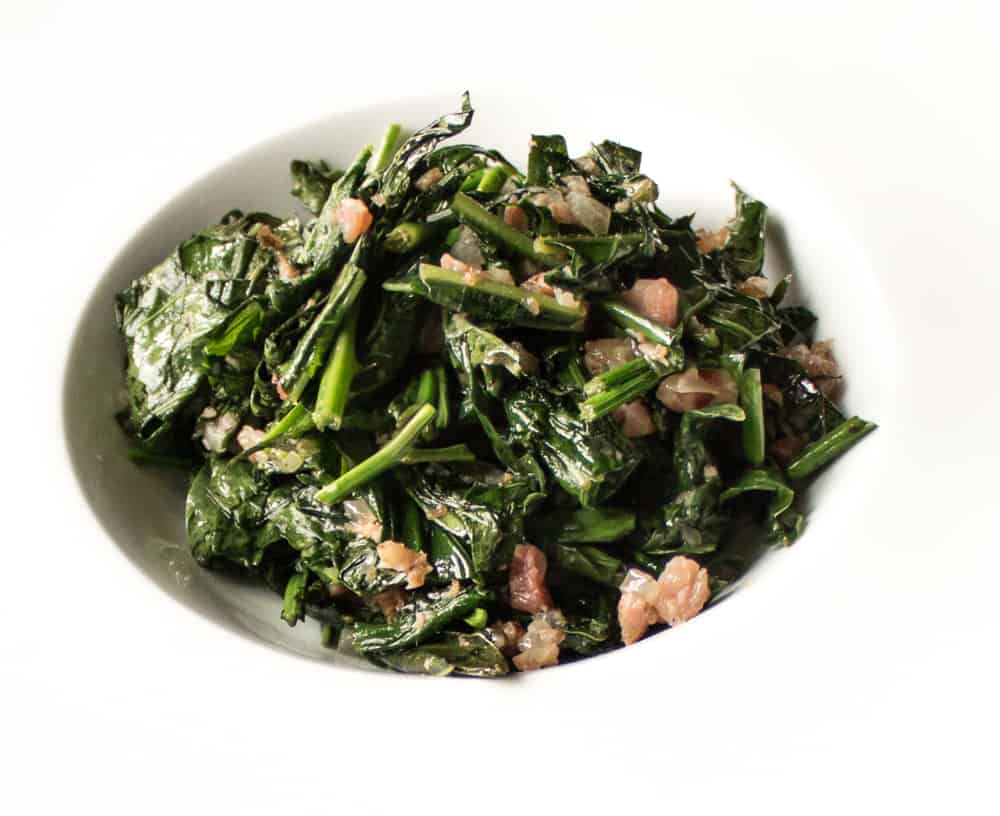
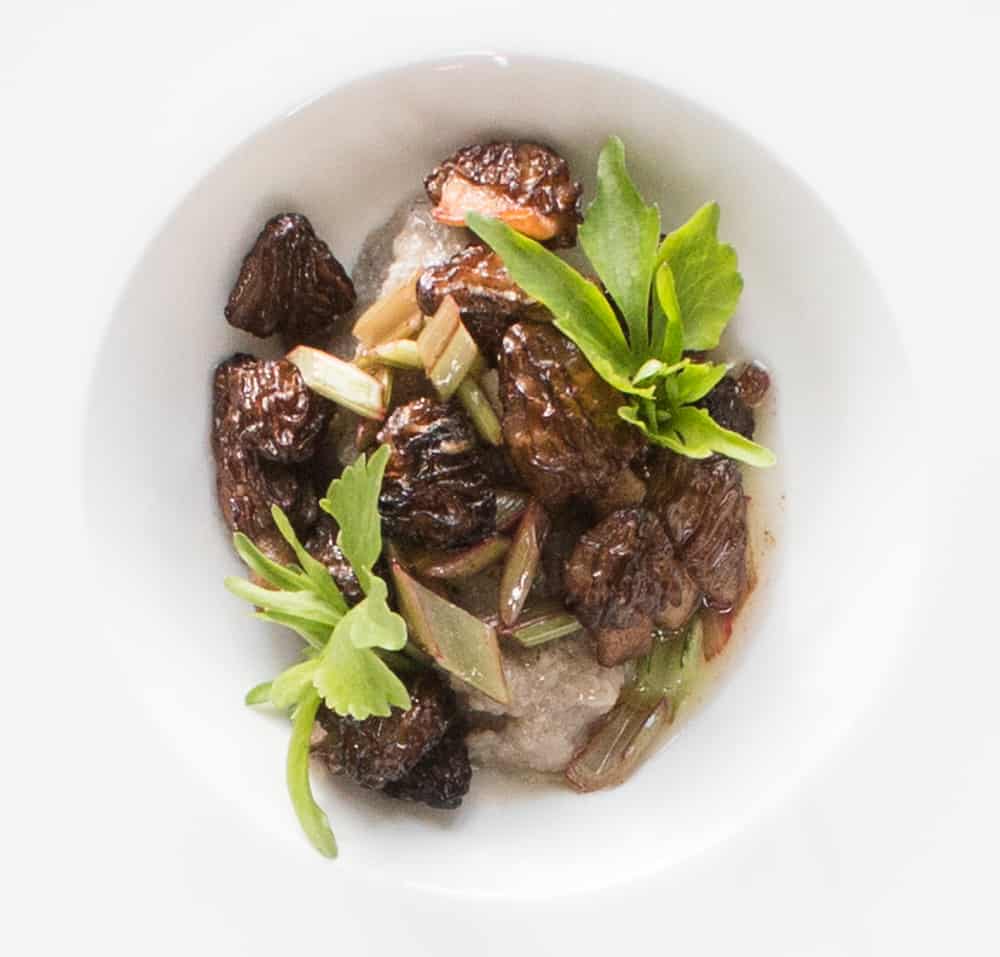
Flavors
Sochan, especially older leaves that have a strong aster flavor can take some stronger flavor pairings than something with a delicate taste, like a nettle. That being said, the classic wilted green pairing of plants+pork, lard, or smoked pork is excellent here.
Sochan vs Look A Like Buttercup
Buttercup (Ranunculus) species can look similar, and grow in the same areas with sochan. Technically it's inedible, and eating enough could make you sick, but it's not something deadly to worry about like hemlock. Get to know sochan and it's easy to tell them apart. Here's a few comparison photos.
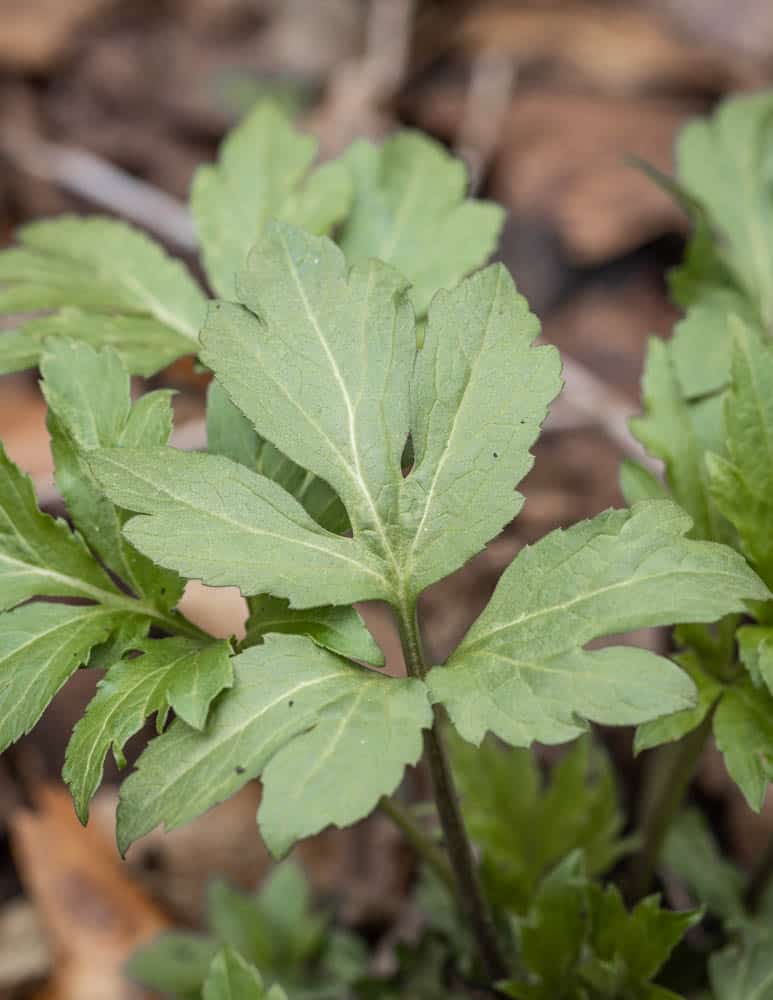
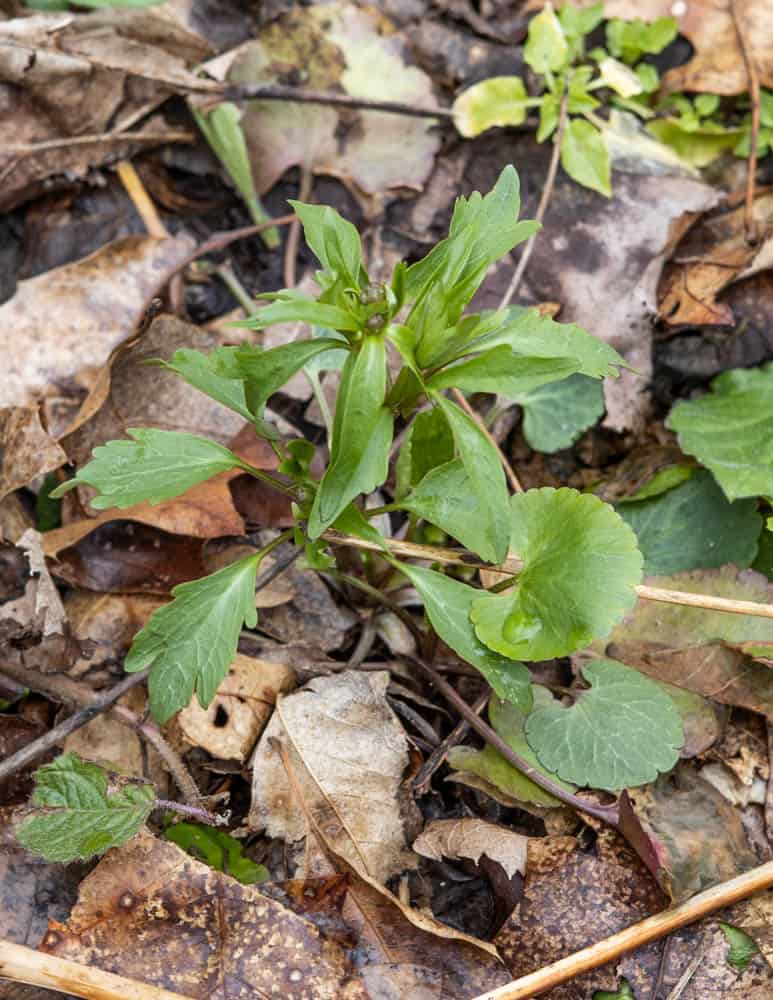
Recipes
Sochan with Potatoes and Venison Bacon (Bottom Greens)
Bottom greens is a family recipe a reader passed along from the American South.
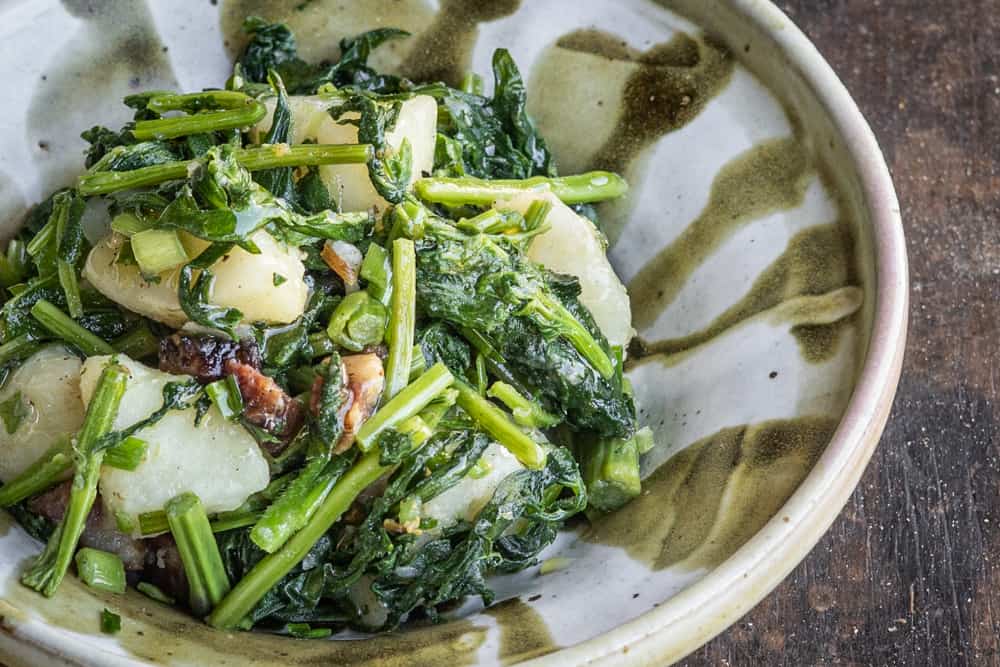
Tepary Beans with Sochan
Inspired by one of my favorite indigenous-owned companies: Ramona Farms.
Further Reading
The importance of wild plants like Sochan to the Cherokee is beyond the scope of this simple article, but here's a couple books where I know Sochan is mentioned if you'd like to read up more on the cultural significance.
One book in particular I have been searching for, as it's out of print. If you live in the Southern United States, or would be able to find a copy of it at a Library, I would pay handsomely for a copy, should you come across one.
- Cherokee Cooklore
- A Taste of Cherokee Cooking by Nancy Plemmons
- Incredible Wild Edibles by Samuel Thayer
- Smithsonian Magazine: Cherokee Can Now Harvest Sochan in Parks

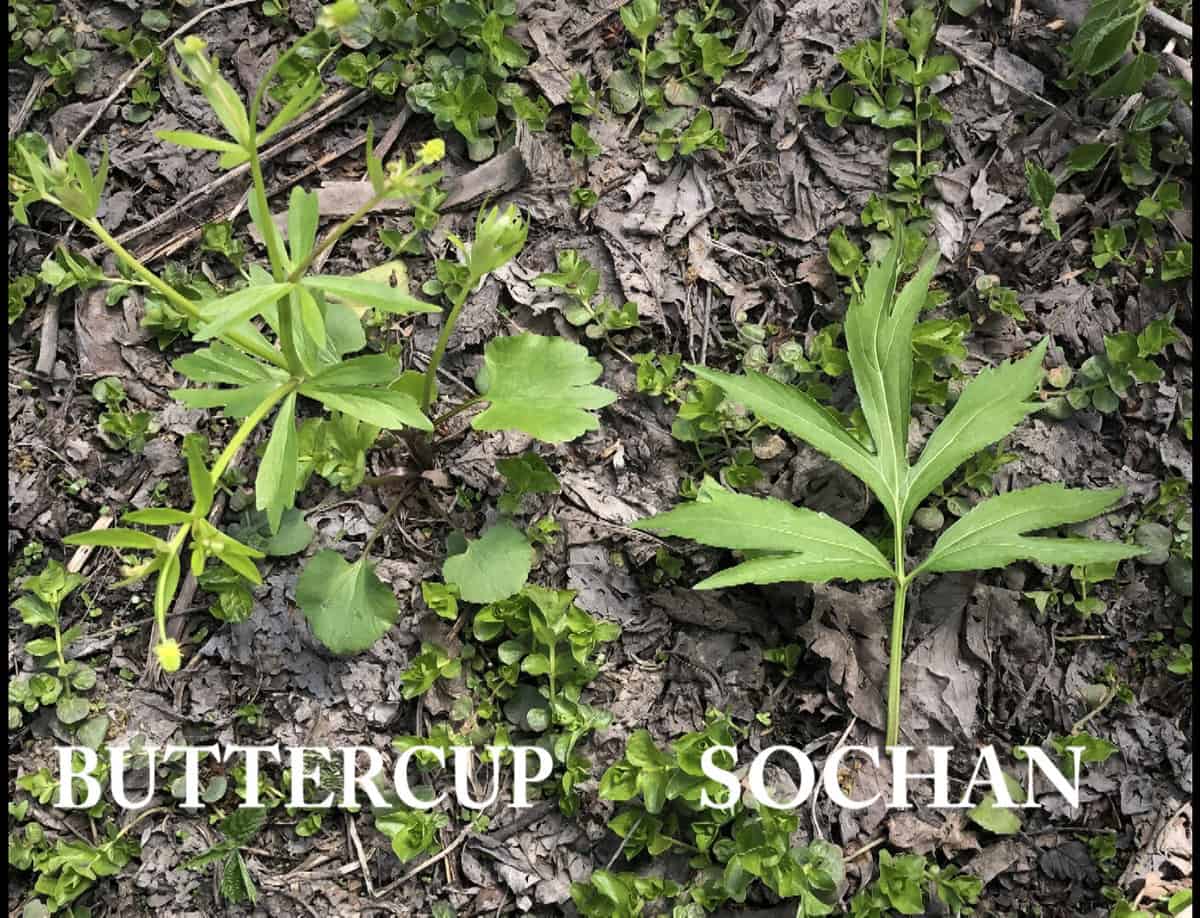
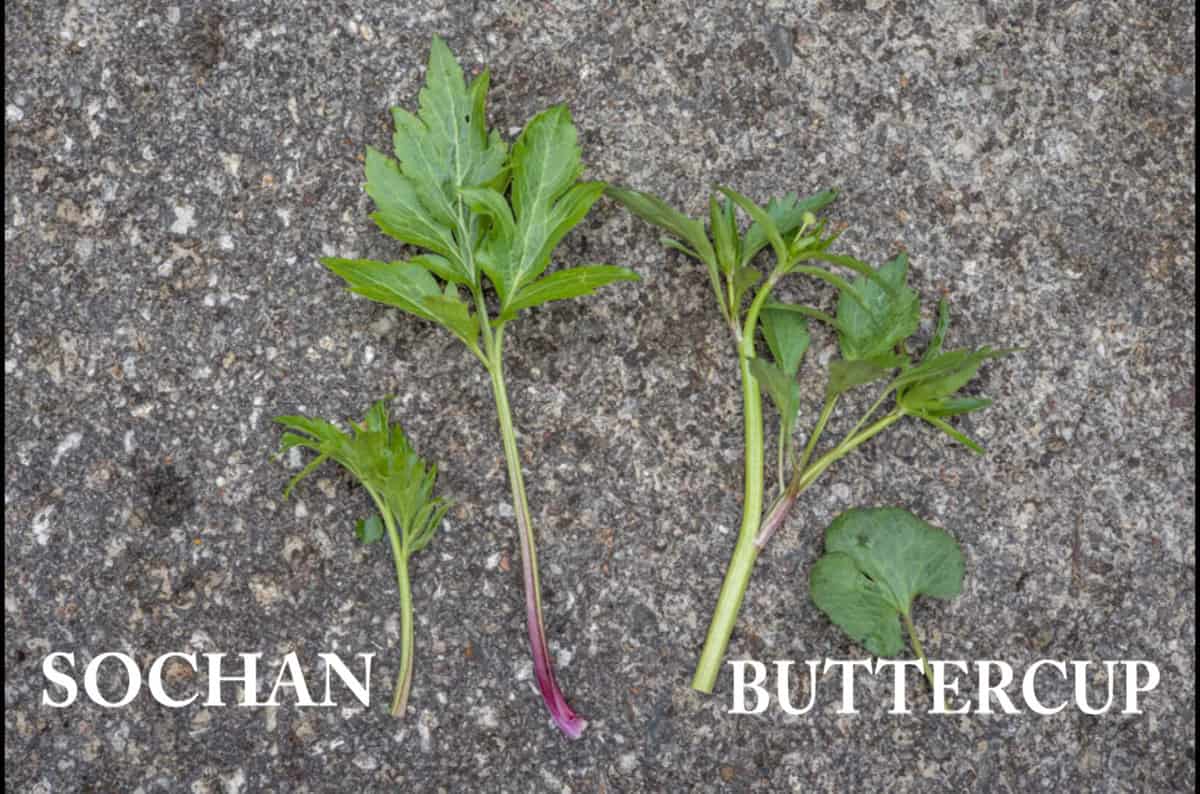
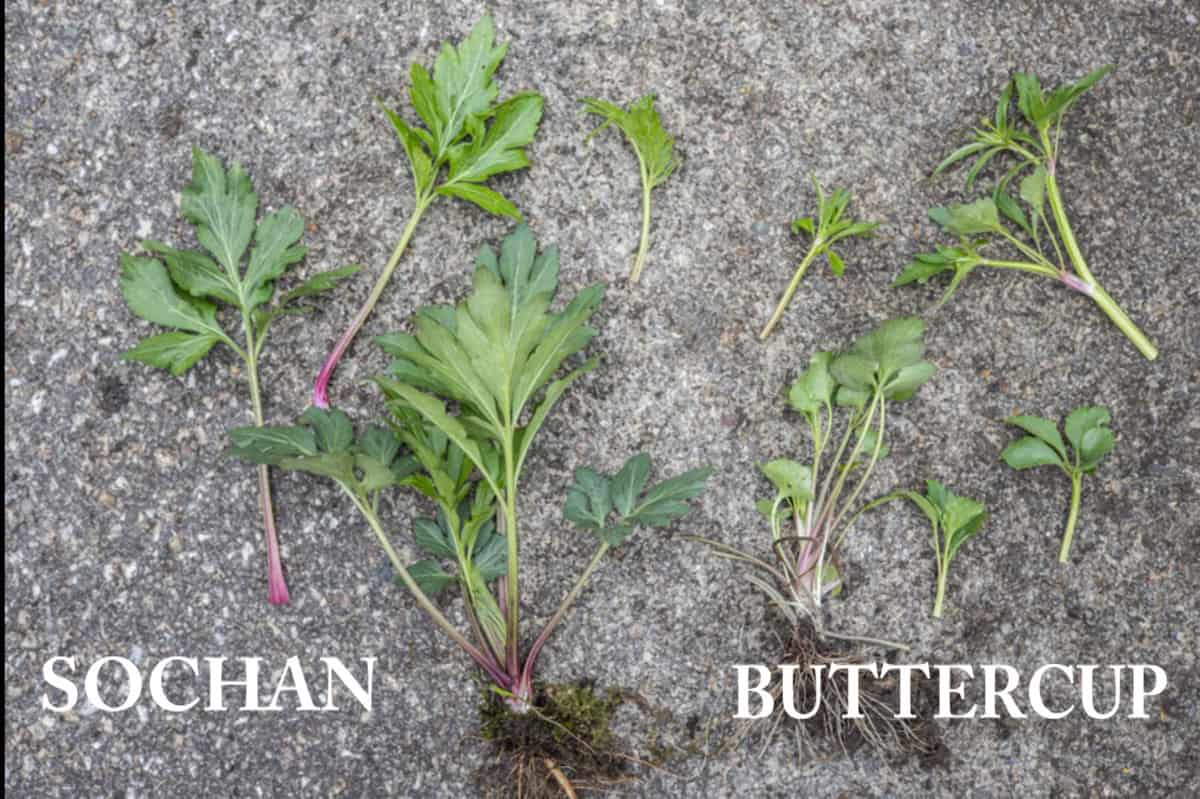
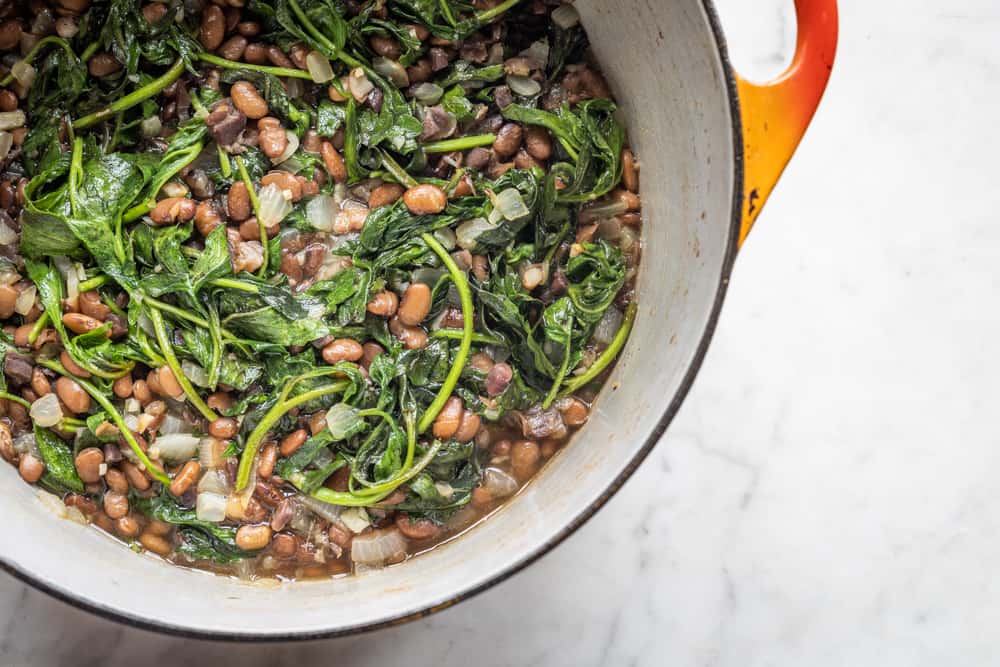
Linda
I collect the seeds in late fall, leave the stalks over winter, then take them out when the snow goes, usually easier to do by then.
Alan Bergo
Thanks Linda
Josh
I'm super excited to try this green when I find it. I feel like I've seen those flowers in my adventures, but can't be sure from memory. I'll keep my eyes peeled!
Also... you ever find that book? As per usual, thanks for doing what you do!
Alan Bergo
Thanks Josh. Still haven’t found the book. It’s all good.
Mark McTague
My wife is Korean, and we grow it (called shinsoncho [신선초]) along with what my Korean dictionary is calling butterbur (meowee [머위]), but my phone's plant ID app is calling
Coltsfoot (Tussilago farfara). She blanches the large round leaves and then uses them like a tortilla wrap. Note to anyone who wants to grow them at home - large containers because like Jerusalem artichokes, boy, do they spread underground.
Kathy Cook
I grew up eating these in central Missouri. My family referred to them as "cow weed greens". Nobody knew what they really were and I had a hard time figuring that out, as I wanted to have some. I have now discovered them and have a patch growing in my back yard in Michigan. Sooo yummy!
Alan Bergo
Thanks for sharing Kathy. I just planted a bunch at my new house. Such a good plant.
Coral A McNabb
https://www.sapeloislandbirdhouses.com/cookbooks.html
The cookbook you're looking for is sold here for $25 +s&h!
Alan Bergo
They *say* it is and I've spoken to them twice. IDK what's going on.
Michael McGinn
I bought this thinking it was a fancy leaf coneflower. When it grew to 10 feet with spindly flowers, I was not happy. I did eventually grow to like it and relocated it in my yard to account for the height. It is very similar to Jerusalem Artichoke (aka Sunchoke). It grew like crazy and I divided it. Now that I know I can eat it I like it even more!
Alan Bergo
They're a really great plant, but yes, they'll be tall.
Tracy
I have a large patch of this. Is this edible raw? I cant seem to find anything on that. I like to throw different greens in my smoothies. thanks
Alan Bergo
Yes it's edible raw and you could puree the greens at nearly any age for a smoothie.
Molly V Walker
I am part of a organic produce co-op and was intrigued by this Cherokee greens that we got in our order today. I came across your article and had to smile as I got to the end with your reference list. I spent a summer on the Cherokee Reservation in 1980 and stayed with Mary Ulmer Chitosky and her husband Going Back Chitosky. She was the author of the "Cherokee Cooklore" and I still have my signed copy. She did not make this while I was there, but I remember her making "Gritted Cornbread" everyday. She had been a teacher in the schools and wrote another booklet about the Cherokee language. Small world. I grew up collecting morels and picking wild berries in suburban St. Louis. I know forage for wild berries in suburban central New Jersey. I'll have to go back and read Mary's book again. Thanks.
Alan Bergo
Thanks Molly
Veri
Cherokee were recently granted federal rights to forage their ancestral plant in Great Smoky Mountains National Park
https://www.smithsonianmag.com/science-nature/cherokee-indians-harvest-sochan-national-park-180973089/
Veri
The Native American Ethnobotanical Database has a number of citations for further reading on how the Cherokee use(/d) sochan and other plants:
http://naeb.brit.org/uses/search/?string=rudbeckia+laciniata
Alan Bergo
Thanks Veri, I'll add that to the list.
Terry
I live in north Carolina and was born in Swain county .have ate it since I was a child. My mom and dad raised with the cherokee.it is great with fresh trout
Alan Bergo
Thanks Terry. Definitely need to have some with a fresh brook trout this year.
DONNA MRS BERNARD GRONER
One of our favorite ways to prepare bottom greena , boil potatoes, when mostly don drain most of the water add the bottom greens, salt,pepper and butter, Cook until greens are soft. You can add additional seasoning and butter to taste at the table.
If you feel the greens are two strong par boil remove the water and add to the potatoes!
Alan Bergo
This sounds so delicious, thank you. I may just have to try it tonight.
Alan Bergo
Donna, can I ask where you're from? Roughly? I just made a pot of the bottom greens with potatoes as you suggested and they are SOOOO GOOD!! Thanks so much for sharing. Alan
mike moranz
Thanks Alan!
I picked and ate my first Sochan and Nettles this week and I am hooked on the sochan. Simply blanched boiled and a bit of salt it has a sweet almost broccoli like character with some herby celery esque characters. I picked a grocery bag full of sochan and nettles. The nettles are so similar to spinach in flavor if you didn't tell someone, they wouldn't know. My wife was a skeptic but she also says now best greens ever.
Last night we quick boiled, 2 minutes, a big handful of sochan, drained, and dropped into a small amount of hot chili oil, sauteed garlic, ginger, and just a smidge of oyster sauce and salt. I can't get enough.
Southern twin cities Minnesota river focused parks are full of it, 6" to a foot tall, but alas picking there could get you busted.
Alan Bergo
Mike, I'm really glad you liked the sochan. Yes, it LOVES flood plain forest. Near canon falls there's a park where it goes as far as the eyes can see. Enjoy.
DONNA MRS BERNARD J GRONER
We have been eating this in early spring for years. Our ancestors called it bottom greens. I'm not sure how this evolved!
Alan Bergo
Thanks Donna, that's a name for Sochan I've never heard of! It makes total sense as the plant loves river bottoms and flood plain forest.
Rebecca
Thank you for your lovely website. In my reference section I keep bookmarked a paper entitled “The Phytochemistry of Cherokee Aromatic Medicinal Plants”, by William N. Setzer. I’m sorry but I can’t figure out how to attach a link with this antiquated iPhone. The paper is free to read on PubMed. So many gifts of nature are either edible, medicinal, or both. You do a wonderful service to humanity sharing your adventures in foraging. Mr Setzer’s paper contains over 600 references to books and published papers. While the content is largely more about medicinal aspects, you may find the information handy. I specifically draw your attention to the table of plants cross-referenced by species. Bless you and thank you again!
Jettie
My grandmother cooked this when I was growing up in the 50's. When I got married she gave me plants to start a patch in my back yard and I cook them every summer even blanching and freezing some for winter. She called them "crow's foot" greens. I season with bacon, onions and bacon drippings. Thanks for the information on harvesting them later in the season.
Alan Bergo
Hi Jettie, crows foot greens! That's a new one, and I can totally see the resemblance. Great name. Bacon onions and drippings is a classic prep for them too!
Brady
Thanks for sharing. I have Sochan in my garden and it is doing well. I'm wondering about how to best prepare the plant for the following year after the fall harvest. Should I cut her stems back to the ground?
Thanks!
Alan Bergo
We keep some at the farm I live at as an ornamental, which functions as a good indicator of when I can go pick them in the sugarbush. We have never cut them back or anything, but the stalks will be visible and will build up over time. Worse things have happened. I'm not much of a gardener so I don't know how cutting the stalks would affect regrowth--sorry. Thanks for taking note of the fall greens--they are excellent. I'm actually just running out the door to grab my first harvest of the year--I have the maple vinegar and venison ham waiting. Thank you for eating this plant and giving it the respect it deserves.
Roxanne
I see you've had others respond regarding the books you are looking for, but I checked a site I know of anyway & found there are a LOT Of copies out there: http://used.addall.com/ I was a bit surprised that just putting in the title Cherokee Cooklore yielded many "hits." However, the search returned nothing for the Plemmons title. The addall site is a very useful one I often use in searching for OP books or just old titles (part of my work as a library assistant years ago!).
Alan Bergo
Thanks Roxanne.
Blair Miller
This may be of some use (unsure if the place is still selling and shipping): http://sapeloislandbirdhouses.com/cookbooks.html
I also did some searching on Google Books, which doesn't have the book in question listed, but did have some other results that may be of interest.
Finally, here's a several-hundred-pages-long document that mentions it… once, but seems to be full of lots of other interesting info: https://getd.libs.uga.edu/pdfs/veteto_james_r_201005_phd.pdf
Oh, one more. Scans of the book in question's section on corn: http://seekingpathsinnature.org/wp-content/uploads/2016/05/Heritage-of-Cherokee-Ag.pdf
Alan Bergo
Blair! This is great stuff brother. I called the publisher and spoke to the wife of the guy that worked with Plemmons to publish the book. She said they've had a surge recently of chef's inquiring about it, some big name down south found the book and liked it apparently. They haven't called back though, so I'm going to give them another ring. IDK how you found that online, I must've been following the wrong trail somehow. THANK YOU.
Blair Miller
Sure thing. Hopefully it was of at least some help. As for how I found it, I'm not entirely sure. One of my favorite tricks, though, is to add "filetype:pdf" (without the quotes) to Google searches, as it specifically searches for that PDF documents, which are often dumped into directories, indexed, and forgotten.
Also, thank *you* for sharing what you do — it's a great wealth of information and is greatly appreciated.
Julie
Check out abebooks.com. They have copies of Cherokee Folklore for sale.
Alan Bergo
Thanks I'll take a look.
john kephart
awesome article Allen, thanks I will be looking!
Alan Bergo
Thanks John, I miss seeing you around. I know you're making some great food somewhere.
Ellen
I even find it in NM, in drainages in the Sangres.
Alan Bergo
New Mexico? Great to know, I'll change that. Thanks Ellen.